A few years ago at a Green Building Summit convened by Greentech Media and SRI International, I met an interesting fellow named Greg Howes. He talked at a fast pace and was full of ideas. He introduced me to the world of robotic manufacturing and made a strong case for how technology could help us maximize the efficiencies and opportunities in designing and prefabricating buildings, which in turn save human, material, and energy resources during construction. Over the years, Greg has talked to me about garnering buy-in on the concept of digital fabrication from designers and educators. He also talked about his idea of creating a platform for gathering people to exchange ideas on how to use technology to make the design and construction processes more efficient and sustainable, and how digital fabrication can push the boundaries of design.
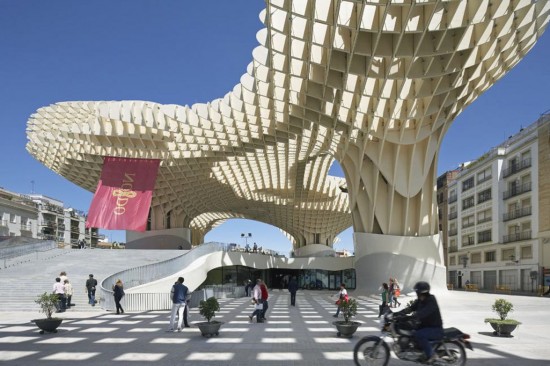
After years of hard work and non-stop talking, Greg has brought together a team of change agents to form the Digital Fabrication Network, also known as dFab Net. On the board of directors are people well respected in their own industries and each person represents a key component of the digital fabrication process. Members include William Kreysler and Greg Howes representing the fabricators; Carl Bass and Bob McNeel representing the hardware and software developers; Brad Bell, Andrew Kudless, and Achim Menges representing the designers; and Melissa Kroskey as the Executive Director.
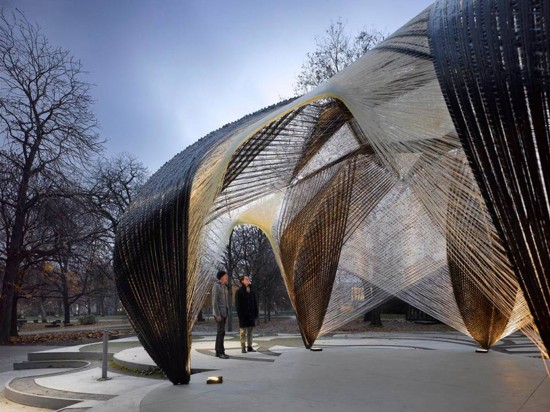
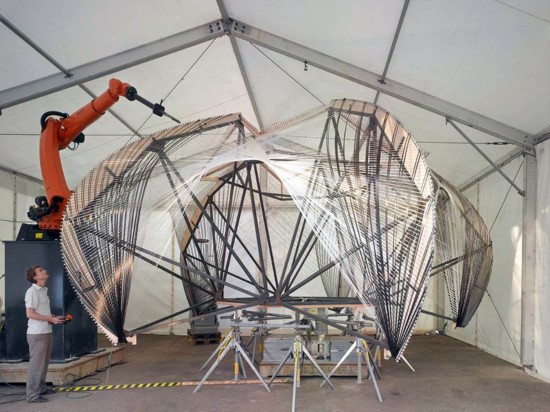
Launched in March of 2014, dFab Net is a new community of fabricators and manufacturers; hardware and software suppliers; and academics, designers, and researchers, working together to improve design to fabrication. Digital fabrication advancements are transforming industries at all levels. Designers have more and more sophisticated digital design tools. Yet design to digital fabrication remains slow and expensive. The organization’s diverse membership encourages innovation through cross-industry collaboration. Members can learn about processes and technology from many unrelated industries. Per Bill Kreysler, President of dFab Net,
Design-to-fabrication problems are too complex to tackle alone. Finally there is an organization bringing everyone together to work on these issues.

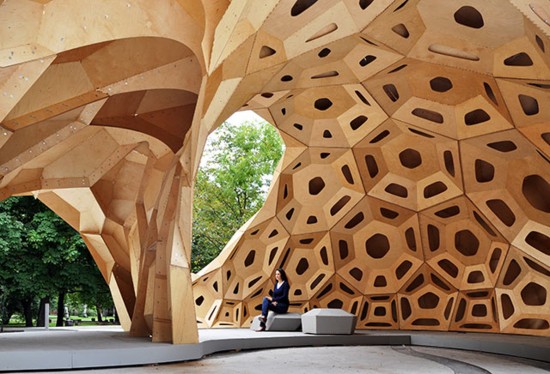
dFab Net’s objectives are to:
- Identify and promote the general adoption and benefits of digital fabrication.
- Research, identify, and address opportunities to improve the effectiveness and efficiency of digital manufacturing.
- Address issues and obstacles encountered by the use of digital information and tools.
- Foster cooperation and understanding between designers, fabricators, and software/hardware suppliers.
- Encourage innovation through cross-industry collaboration.
- Provide people access to resources and knowledge.

The following key stakeholders have committed to dFab Net as officers and directors: Autodesk, Cut My Timber, IDEAbuilder, Kreysler & Associates, Matsys, Robert McNeel & Associates, Topocast, California College of the Arts, University of Texas Schools, and Institute for Computational Design at the University of Stuttgart. You too, are invited to join the world’s innovators who are embracing technology to change the game of design to manufacturing. Register online to become a member of dFab Net.


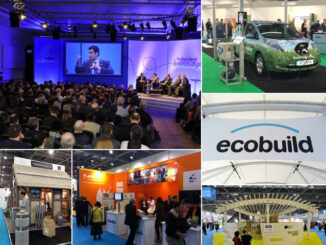
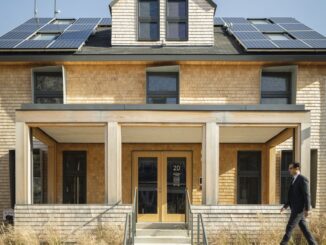
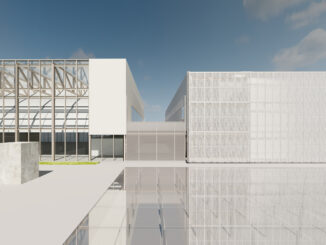
Be the first to comment